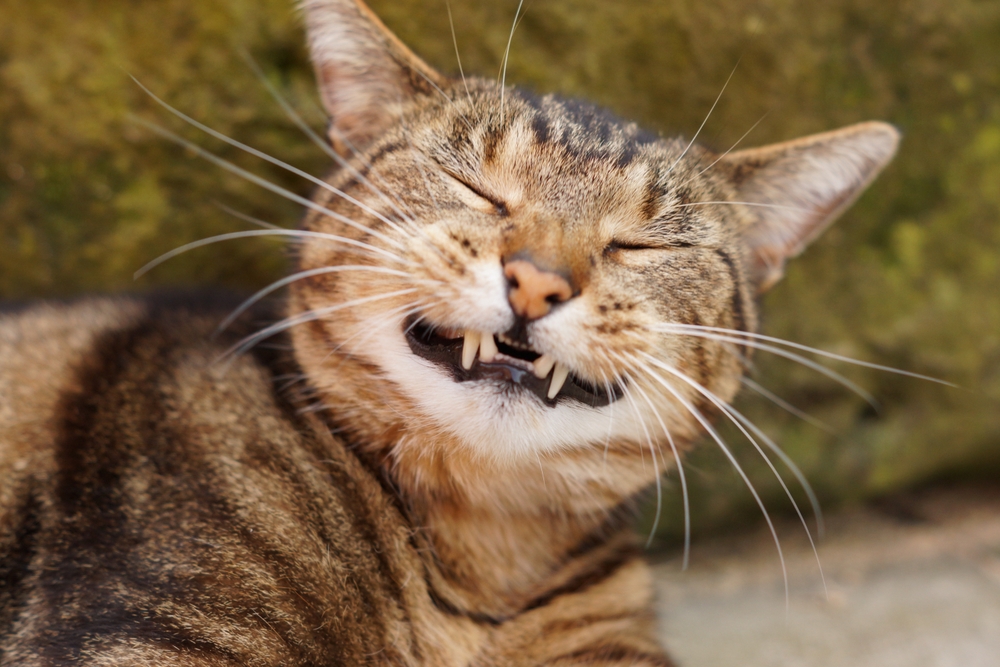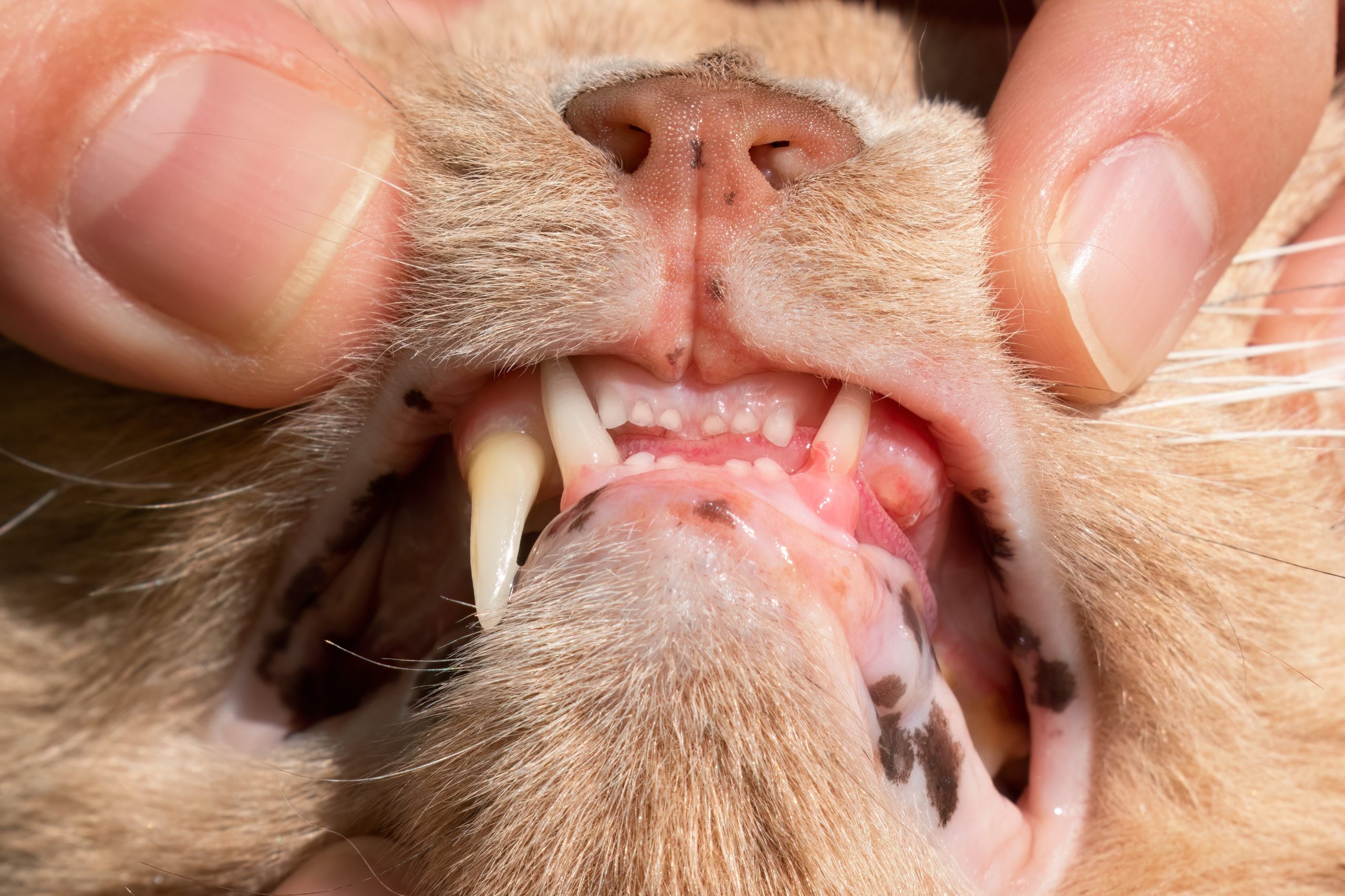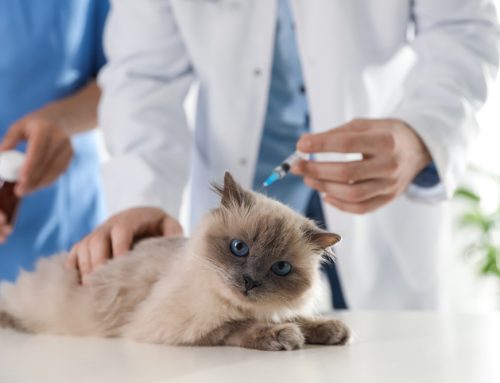Cats are beloved members of our families, and just like us, they require regular dental care to stay healthy and comfortable. However, dental problems in cats often go unnoticed because our felines are masters at hiding their discomfort. One particularly painful and common dental issue is resorptive lesions, also known as feline odontoclastic resorptive lesions (FORL). At Boca Midtowne Animal Hospital in Boca Raton, FL, we understand how crucial it is to manage and treat this condition effectively, ensuring your cat doesn’t suffer from significant mouth pain. In this article, we’ll explore what resorptive lesions are, how to recognize the signs, treatment options, and how you can help prevent this painful condition.
What Are Resorptive Lesions in Cats?
Resorptive lesions in cats occur when the body begins to break down and absorb the tooth structure, starting at the outer surface of the tooth and working inward. Over time, this process causes significant dental pain as the tooth deteriorates, leading to discomfort, inflammation, and in some cases, tooth loss. The exact cause of resorptive lesions remains somewhat of a mystery. It is believed that a combination of factors, such as genetics, diet, poor dental hygiene, and possibly viral infections, could contribute to the development of this painful condition.
While the exact cause is still uncertain, what we do know is that early detection is key to managing this condition and preventing severe discomfort for your cat. Dental care, as emphasized by AAHA-accredited institutions, plays a vital role in your cat’s overall well-being, and regular check-ups are the best defense against these dental issues.
Recognizing the Signs
Cats are experts at masking pain, especially when it comes to dental discomfort. This can make it difficult for owners to notice when something is wrong. However, there are some signs you can look for that may indicate your cat is suffering from resorptive lesions:
- Changes in eating habits: If your cat has difficulty chewing, begins dropping food, or avoids dry food altogether, this could be a red flag.
- Excessive drooling: Increased saliva production can signal oral discomfort.
- Pawing at the mouth: Cats may paw at their mouth if they’re experiencing pain or irritation.
- Red, swollen gums: Inflammation around the gum line is another common indicator of resorptive lesions.
- Visible holes or lesions on the teeth: In more advanced cases, you may be able to see damage to the tooth or even missing pieces.
If you notice any of these signs, it’s essential to schedule an appointment with your veterinarian. Early diagnosis and intervention can prevent the condition from progressing, saving your cat from significant pain. At Boca Midtowne Animal Hospital, we conduct thorough dental exams at all of our appointments to catch any early signs of resorptive lesions, allowing us to treat the issue before it becomes more serious.
Diagnosis and Treatment Options
Diagnosing resorptive lesions requires a comprehensive oral exam, often under anesthesia, to allow for a full evaluation. Dental X-rays are also a critical part of the diagnostic process, as they can reveal underlying issues that aren’t visible above the gum line.
Treatment depends on the severity of the lesion:
- Early stages: If the lesion is caught early, treatment may involve close monitoring, a veterinary-recommended diet, or pain management to keep your cat comfortable. Regular check-ups will be necessary to monitor the lesion’s progression.
- Advanced stages: In more advanced cases, tooth extraction is often the best option to alleviate pain and prevent further complications.
Preventing Resorptive Lesions: Proactive Steps for a Healthy Smile

While not all resorptive lesions can be prevented, there are several proactive measures cat owners can take to maintain their pet’s dental health and reduce the likelihood of developing serious or complicated dental issues:
- Regular brushing: Brushing your cat’s teeth, even just once a week, can significantly reduce plaque buildup and lower the risk of dental disease. Be sure to use cat-specific toothpaste and a small-headed, soft-bristled brush.
- Dental-specific diets: Some cat foods are specially formulated to promote dental health by reducing plaque and tartar buildup. Your veterinarian can recommend a diet that’s right for your cat.
- Dental chews and toys: Providing your cat with dental chews and toys designed to clean teeth can help reduce plaque naturally.
- Routine veterinary check-ups: Regular veterinary visits, including professional cleanings as recommended, are crucial for detecting dental issues before they become painful. Your veterinarian can perform a thorough exam and provide personalized advice on maintaining your cat’s oral health.
Boca Midtowne Animal Hospital: Your Partner in Feline Dental Health
Resorptive lesions are a common but manageable dental issue in cats. With the right care and attention, you can ensure your cat remains comfortable and pain-free. At Boca Midtowne Animal Hospital, we’re dedicated to providing the best dental care for your cat, from early detection to effective treatment options. Remember, regular dental check-ups are key to keeping your cat’s teeth healthy.








Leave A Comment